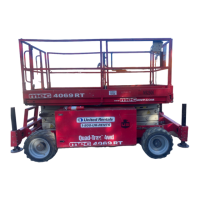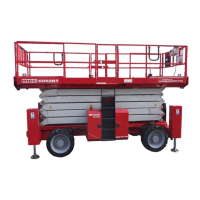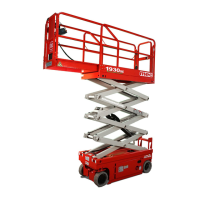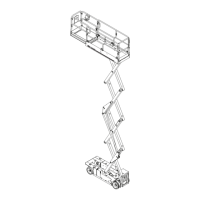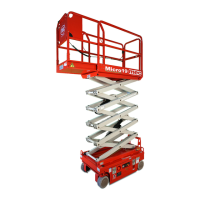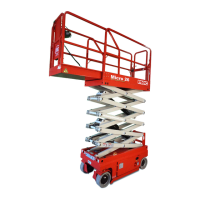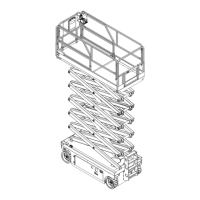What to do if Platform ECU Fault occurs in Mec 4069RT?
- DDonna JohnsonAug 22, 2025
If you're encountering a Platform ECU Fault on your Mec Scissor Lifts, it could be due to an ECU/Platform Communication Fault. Begin by inspecting the communication cable connections and all related wiring. If the issue persists, consider replacing either the PCU or ECU.
